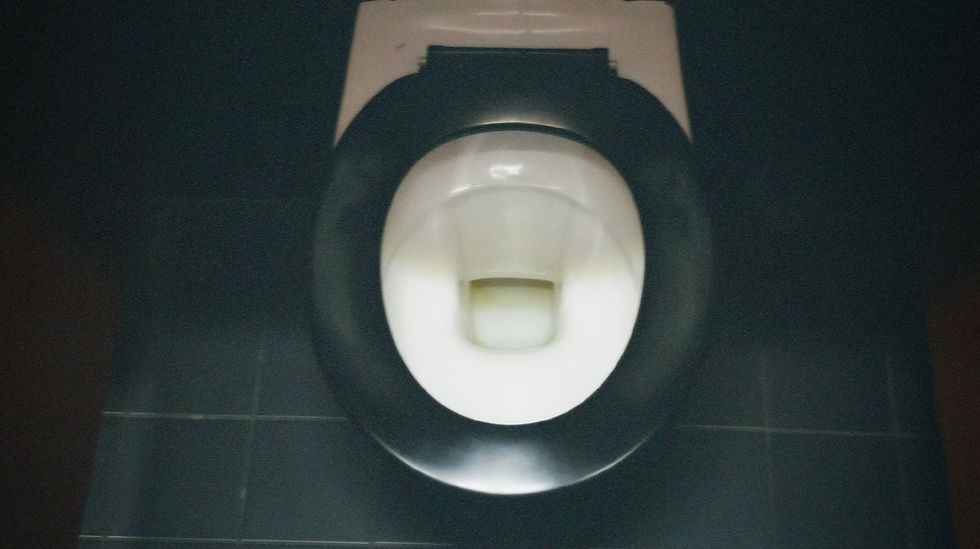Highlighting Beauty, Posing Danger
- Aleksandra Dudek
- Aug 19, 2024
- 4 min read
Updated: Oct 17, 2024
Tracing the Origin of Diamonds
Text Aleksandra Dudek
Image Berit Anna Rojer
Shiny.
Astonishing.
Delighting in their beauty.
What makes diamonds so desirable?
What makes people go crazy at the mere sight of these shining gems?
Diamonds are gems that have been evoking emotions in people for centuries. Associated with class, for some even with magic, they have gained a lot of fans. For centuries, diamonds have had symbolic power. They have been part of the complement of the soul, accompanying conflicts, bloodshed (sometimes being the reason behind conflicts), love and betrayal. They have captured the imagination of those who dreamed of possessing them, and as the hardest minerals found in nature, they symbolize indestructibility and durability. Once associated with wealth, diamonds seen in store windows are no novelty these days. It has become natural to be able to buy jewellery made of this precious bullion in one of the millions of jewellery stores across the globe. Those eye-catching stones are fueling the world’s consumption today. Despite their rather expensive nature, diamonds do not lose their value, and luxury jewellery conglomerates seem to spare no expense in offering customers ever-newer collections, of which diamond jewellery is a significant part.
Today, the global diamond market is estimated to be worth more than $100 billion, and as its value continues to grow, it is predicted to exceed $150 billion in the next few years. The size of the market therefore has the potential to become one of the world’s most important economic sectors. But while millions of people marvel at the beauty of diamonds and are eager to keep the industry going, few really think about their origins. Perhaps the potential of the industry is leading people to do absolutely anything to get their hands on diamonds?Maybe their extraction costs human lives? In an age of ever-increasing product availability, it is easy to forget where the items that end up in our closets, around our necks or on our hands come from. Perhaps it is worth taking a moment to think about where the products we buy come from and what the real price of the product we own is. The occurrence of diamonds is quite limited as it is determined by the existence of the right conditions. For pure carbon to become diamond, very high pressures and temperatures are required below the earth’s surface. However, such conditions are only found in certain areas of the world. The largest diamond mining areas are found in northern Russia, Canada, and in the southern part of the African continent in countries such as Botswana, South Africa, the Democratic Republic
of Congo, Central African Republic, Angola, Zimbabwe, Namibia, and in the central part of the continent in Sierra Leone and Liberia.
So...what is the actual path the diamonds take to reach the
storefront and the price paid to mine them?
Few people know the true origin of the diamonds that sparkle in store windows and on the sight of which some lose their minds. These inconspicuous gems travel a long way to reach jewellery stores and have often been the cause of local and national conflicts. Today, more than 50% of the world’s diamond production comes from African countries. In 1998, Global Witness (an NGO focused on protecting human rights and combating problems such as corruption, poverty, and the exploitation of natural resources) published a report that brought the blood diamond issue to light, exposing the problem of the diamond industry funding conflicts and brutal wars in several African countries such as Liberia, Sierra Leone, Angola, Central African Republic, and the Democratic Republic of Congo.
Blood diamonds, as the name implies, are diamonds mined in areas of armed conflict and the proceeds from their sale are used to fund military operations in the areas.
These military operations have led to the displacement and violent deaths of millions of local people in countries such as Sierra Leone, Liberia and Angola. In 2003, the Kimberley Process (KP) Certification Scheme was launched to regulate the diamond trade and combat conflict diamonds. The KP as a multi-stakeholder coalition of governments, diamond industry representatives, and activists has been committed to promoting transparency in the international diamond trade.
However, according to another Global Witness report, while information about the corrupt blood diamond industry has been made public, little has changed in the real fight against the problem for local people. Countries that have experienced extremely violent armed conflicts fueled by the illicit conflict diamond trade are still struggling with the consequences. Many illegal diamond trade routes that were closed after the introduction of the Kimberley Process Certification Scheme have reopened in other countries and continue to allow the flow of illegal diamonds into the legitimate market. And what represents beauty in its noblest form for many has become a lifelong curse for others.
What do I own?
Of course, not every diamond that arrives in a jewellery store is an illegally traded
diamond, the sale of which is responsible for the displacement of a family or the death of innocent people. However, as the availability and popularity of diamonds increases, so does
the desire to own them, and there seems to be no end in sight to this race for luxury. But
if you knew in advance where the diamonds you were about to buy might have come from, would you think twice about buying them?








Comments